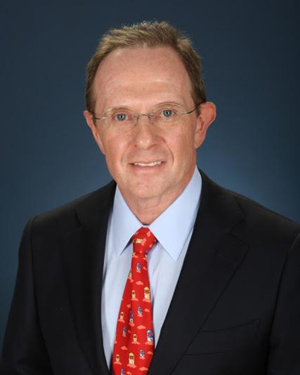Radial Head Fracture Surgeon

Have you recently experienced a traumatic fall on an outstretched arm and have fractured your elbow? Radial head fractures occur in about 20% of all acute elbow injuries. Radial head fracture surgeon, Dr. James Mazzara provides diagnosis and both surgical and nonsurgical treatment options for patients in Manchester, South Windsor, Enfield, Glastonbury and surrounding Hartford communities who have a broken the radial head in their elbow. Contact Dr. Mazzara’s team today!
Radial Head Fracture Fixation (ORIF) in the Elbow
What is a Radial Head Fracture?
It’s instinctive to try to break a fall with an outstretched hand, however the force can dislocate the elbow or break any of the three bones in the elbow. A fracture of the radius, a smaller bone in the forearm, can often occur with this kind of fall, breaking the part of the bone near the elbow called the radial head. A radial head fracture occurs in about 20% of all acute elbow injuries. Dr. James Mazzara, orthopedic elbow surgeon serving Manchester, South Windsor, Enfield, Glastonbury and surrounding Hartford communities has extensive experience in treating patients with a radial head fracture, returning them to their normal activities.
How are radial head fractures classified and treated?
When a bone breaks in the elbow it can be a mild break or a severe break. Dr. Mazzara uses the Mason Classification System to help diagnose and treat radial head fractures. Fractures are classified and treated in the following categories:
- Type 1 Fracture: A minor fracture, like a crack in the bone. Pieces of a type 1 fracture will remain fitted together in their original anatomical position.
- Non-surgical treatment uses a sling and splint, followed by a gradual increase in elbow and wrist movement. Patients must be careful not to move the elbow too early so the bones do not shift and displace. Depending on the fracture, the patient can be out of a splint and start to move the elbow within one week of injury.
- Type 2 Fracture: A marginal fracture that is slightly displaced and involves a larger portion of the radial head.
- If displacement is minimal, a sling and splint may be used followed by range of motion exercises.
- Bone fragments may be surgically removed if they are going to cause a long-term problem with elbow movement.
- Type 3 Fracture: Multiple broken pieces of bone that cannot be put back together without surgery.
What is a radial head fracture fixation?
In Type 2 and 3 fractures where the bone has broken and moved out of its normal position, a radial head fracture fixation may be needed. Dr. Mazzara uses a treatment called open reduction and internal fixation (ORIF.) ORIF is a type of surgery used to move bones back into their correct position to facilitate healing.
During an open reduction, Dr. Mazzara manually moves the broken pieces of the radial head into their correct position. Similarly, a closed reduction would mean the bones are moved back into position without surgically exposing the bone.
Radial head fracture fixation refers to the surgical part of the treatment of type 2 and type 3 fractures. In this procedure, Dr. Mazzara physically attaches the bones together to “fix” them in their proper place. He may use screws, wires or special nails to hold them together to heal correctly. Selected fractures of the radial head may require removal (excision) of the fractured bone fragments or possibly radial head arthroplasty, which is a replacement of the fractured radial head with a metal implant.
What happens after radial head fracture fixation?
Radial head fracture fixation for patients in Manchester, South Windsor, Enfield, Glastonbury and surrounding Hartford communities is usually done under general anesthesia. Depending on the patient age, health and type of fracture surgery can be done on an outpatient basis. Dr. Mazzara’s patients can expect the following procedures after a radial head fracture fixation:
- A splint and sling will be worn immediately following surgery for several weeks to keep the elbow immobile and to allow the bones to heal.
- Pain medication will be prescribed as necessary and based on the patients’ pain levels.
- Non-steroidal anti-inflammatory medication is not suggested at this point as it can interfere and slow bone healing. Please take only medication as directed by Dr. Mazzara.
- Ice may be needed to help with swelling and pain. Dr. Mazzara’s team will instruct patients on wound care and other post-operative directions.
- Mazzara will want to see the patient in his office in about a week to make sure healing is occurring in the proper manner.
- Eventually physical therapy will be recommended to aid in range of motion and to regain strength in the elbow.
For more information on radial head fracture fixation, please contact the offices of Dr. James Mazzara, orthopedic elbow surgeon, treating patients in Manchester, South Windsor, Enfield, Glastonbury and surrounding Hartford communities.
